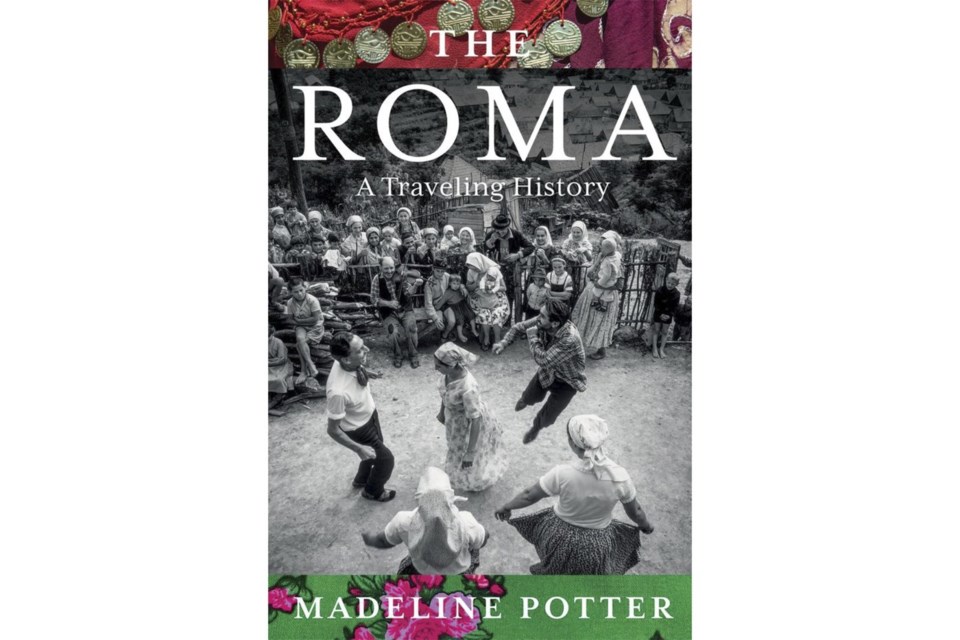“The Roma: A Travelling History” is a fascinating look at a marginalized and misunderstood group of people who have encountered hostility for centuries.
Written by Madeline Potter, a scholar of 19th century Gothic literature, the new book recounts how members of the group long have been maligned, enslaved, deported and murdered.
Potter, who grew up Romani in post-Communist Romania, weaves together bits of memoir with her archival research into what is described as the first contemporary history of the Romani people.
Instead of being raised in an intricately carved horse-drawn “vardo” that traveled from camp to camp, Potter passed her childhood “settled” in a towering Soviet-style high-rise, a more typical upbringing as the Romani people increasingly leave life on the road to become settled.
In her book, Potter carries us from England, where she currently lives, to Romania, Bulgaria, Hungary, Austria, Germany France, Spain, the U.S. West Coast and finally to Sweden.
Potter tells of how King Henry VIII passed the “Egyptians Act” in 1530, calling for the Gypsy people to be expelled from England due to their alleged crimes, including “robberies,” “Palmistry” and “deceit.” Believed to have migrated from northern India to Europe some 1,500 years ago, and with a language rooted in Sanskrit, the Roma at one time were thought to have originated in Egypt.
In Spain, they have been known as Gitanos. During Spain’s 1749 “Gran Redada de Gitanos” — Great Gypsy Roundup, some 10,000 Roma were detained, and families were separated, with the men sent to work in shipyards and the women and children to factories.
In Nazi Germany, the Reich Office for Combating the Gypsy Menace set the scene for the Roma and related Sinti people to be rounded up and sent to concentration camps alongside Jews, members of the LGBTQ+ community and other minorities. As many as 500,000 Roma and Sinti are estimated to have been murdered by the Nazis and their collaborators during that period.
Despite the continued discrimination, the Roma have made important cultural contributions, Potter writes.
Potter mentions Carmen Amaya, a Spanish Romani who was known in the mid-20th century as the world’s best flamenco dancer. Composer Franz Liszt was so enamored of Hungarian Roma traditions that he absorbed them into his 19th century work.
“There is much sadness in our history, and much pain,” Potter writes. “But importantly it’s not pain that beats at the heart of our story. On each step of my journey, I encountered the wondrous stories of those who have decisively resisted their marginalization, who have refused to be silent and whose stories continue to inspire the Roma today.”
___
AP book reviews: https://apnews.com/hub/book-reviews
Anita Snow, The Associated Press




